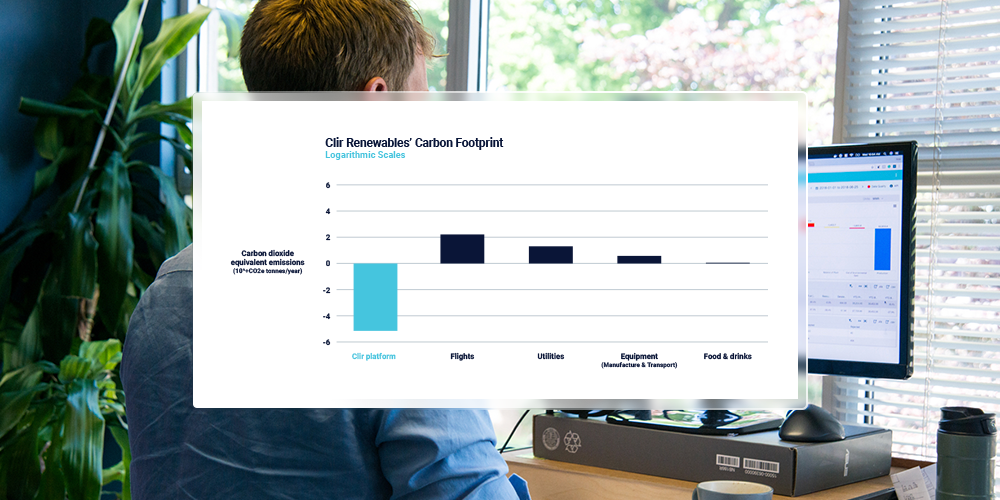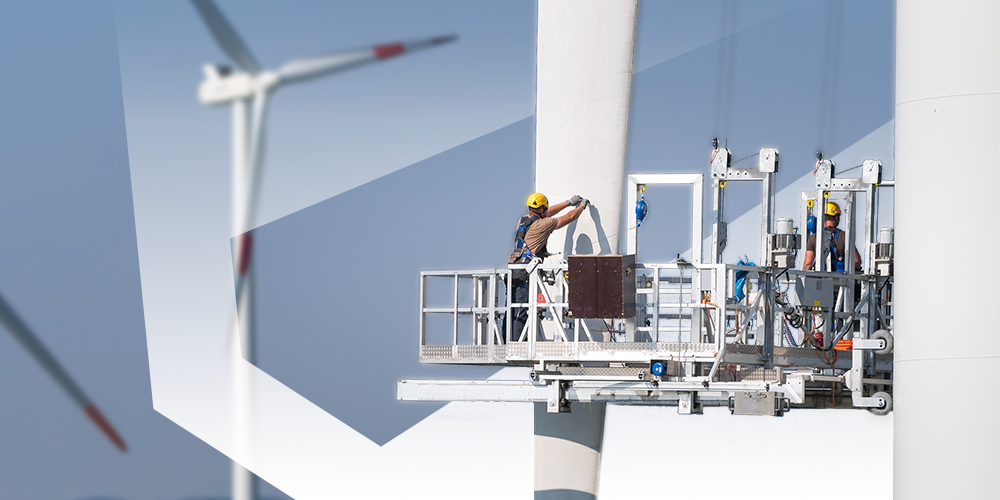
In 1981, fossil fuels accounted for 81% of the world’s energy mix. By the end of the decade, consensus had formed around climate change. It was occurring, likely anthropogenic, and unsustainable to human civilization.
Jump 38 years into the future, this number has not budged. Global dependence on fossil fuels remains at 81%. In fact, once you account for the increase in our population, we’re actually using more fossil fuels than we did back then. Governments worldwide have responded by making pledges toward “sustainable growth” and “clean growth” in an attempt to simultaneously juggle environmental and economic concerns. Unfortunately, this rhetoric often greenwashes the business-as-usual expansion of fossil fuels.
Take for example, the Canadian federal government which recently declared a climate emergency less than 24 hours ahead of approving a massive oil pipeline expansion. The 173 billion barrels of oil that the Canadian government is committed to selling, if burned as fuel, will use up a third of the planet’s remaining carbon budget (i.e., the remaining carbon that can still be emitted without warming the planet more than 1.5 °C, a line that separates a future that is habitable to civilization from one that is not). For Canada – a nation that represents less than 0.5% of the planet’s population – this disproportionate share of the global carbon budget shows a lack of foresight.
To be fair though, the current Canadian government has also invested $2.3 billion dollars towards clean technology, which is the largest public investment ever committed to this sector. Clir has benefited from this through grant funding we have received from Sustainable Development Technology Canada and Innovative Clean Energy British Columbia. One possible explanation for the lack of a coherent policy on climate change is that Canadians, themselves, are not uniformly concerned with climate change. Recent polls show that 25–42% Canadians perceive climate change as a top national priority. That is far from a strong majority. Perhaps, this lack of consensus among voters explains the seemingly contradictory actions of the Canadian government.
After all, it is easier to focus on our own short-term economic prosperity than a slow change in climate that will affect people in another generation or in another part of the world. Economic growth (often defined by GDP) is typically viewed synonymously with progress and prosperity; the problem is that economic growth has also historically been correlated with increasing fossil-fuel use, water pollution, and carbon emissions. If economic prosperity continues to depend on extensive resource extraction (more TVs, more clothes, more carbon emissions) we are setting ourselves up for disaster.
There is another way.
Developing the efficiency and quality of labor and resources (sometimes called “intensive growth” by economists) and recirculating them (the “circular economy”) can help decouple economic activity from negatively impacting the environment. At Clir, we not only believe that this type of growth is sustainable, but that we are already making strides toward it. Because our technology is hardware-free it is more scalable and less resource intensive. Moreover, our business is aimed at increasing the efficiency and lifespan of pre-existing renewable power infrastructure.
At the same time, we must recognize that our growth as a company also comes with growing fossil-fuel use: fossil-fuels used to power (and manufacture) our computers, data servers, and flights. At our last hackathon, we sought to put a number on our company’s fossil-fuel footprint:
From these graphs, you can see that Clir’s company-wide flights are the largest source of our carbon emissions; fortunately, Clir’s total carbon emissions are offset by more than 740x by our impact on wind-power. Because renewable (wind) power is dispatched ahead of fossil-fuels, the enhanced power productivity Clir software delivers prevents a similar amount of power from being sourced from fossil-fuel and the associated pollution emitted.
These graphs highlight a few of our Company’s core values: impact, sustainability, and communication. For us, impact means focusing on where we can make the biggest change globally. Clir envisions a future that is 100% powered by renewable technology and believes that open communication is the key to keeping us on track towards this goal. As a data science company we know that what gets measured gets improved. This is why we are highlighting and quantifying both the carbon-positive and carbon-negative impact of our operations on the environment.
I admit that seeing these graphs made me feel good working at Clir. However, we cannot remain complacent while in a climate crisis. The world’s energy mix has not budged from 81% fossil-fuel use in the last 38 years. Canada, in particular, is complicit in this; if everyone on Earth lived as Canadians do, it would take ~4.7 Earths to sustain global consumption. Canada is also number two globally for per capita CO2 emissions.
While I believe that technological innovation is critical to addressing our climate crisis, I don’t believe it will be enough. Environmental economists have shown that the impact of technological efficiency on sustainability is constrained within societies that encourage individual consumption. Sometimes called rebound effects (or Jenkin’s Paradox), the initial reductions in emissions due to technological efficiency are lost if energy consumption and demand rise in response to lower prices. As an example, consumers may drive more when their cars are more fuel efficient; however, coupling efficiency gains with policy intervention (e.g., fuel tax) can help curb rebound effects by nudging behavior towards more sustainable outcomes.
Whether we look to taxes or technology, it is clear there is more work ahead needed to move the needle towards a sustainable future.
References for Calculating Clir’s Carbon Footprint:
- Clir Platform: Used the baseline provided by SAISS Consulting Group on Clir’s SDTC Project (29 tonnes CO2e offset per MW asset per year: assuming 29% capacity factor + 2% AEP gain):
- Flights: 1.1 tons for a return flight between YVR and YYZ: average between www.offsetters.ca, https://www.carbonfootprint.com, and https://calculator.carbonfootprint.com
- Utilities: Offices and Carbon Emissions: A Climate Smart Industry Brief: https://climatesmartbusiness.com/wp-content/uploads/2013/05/CS-IND-BRIEF-OFFICES-FINAL-DIGITAL.pdf
- Equipment: Teehan, Paul, and Milind Kandlikar. “Comparing embodied greenhouse gas emissions of modern computing and electronics products.” Environmental science & technology 47.9 (2013): 3997-4003. https://pubs.acs.org/doi/abs/10.1021/es303012r
- Food & Drinks: http://www.foodemissions.com/foodemissions/Calculator.aspx and https://www.devp.org/en/sharelent/solidarity-calendar/food-transportation





